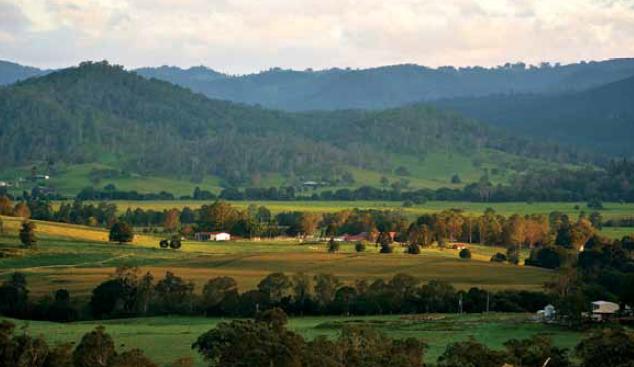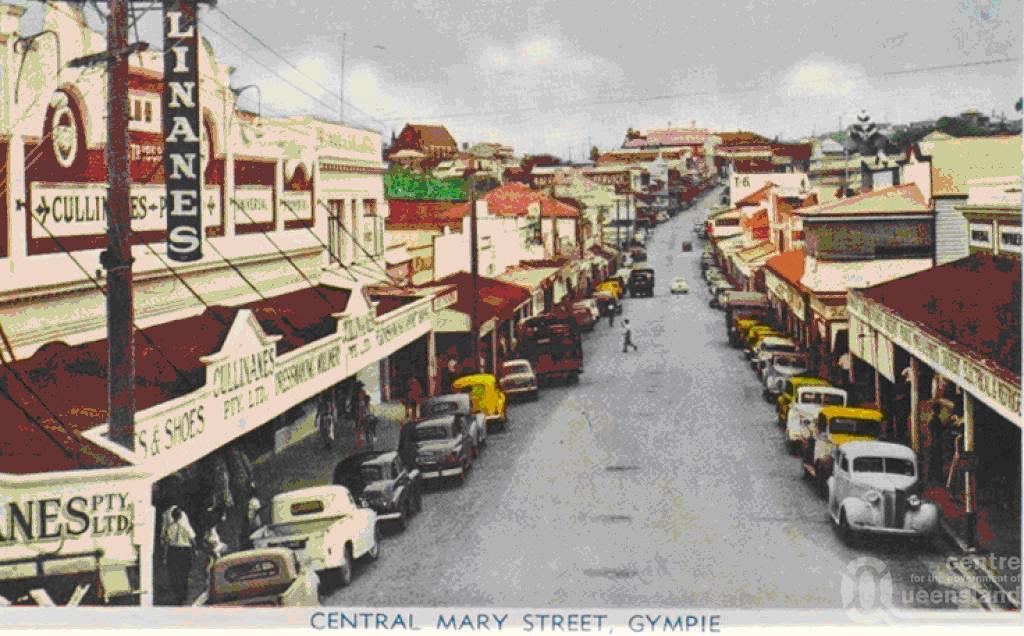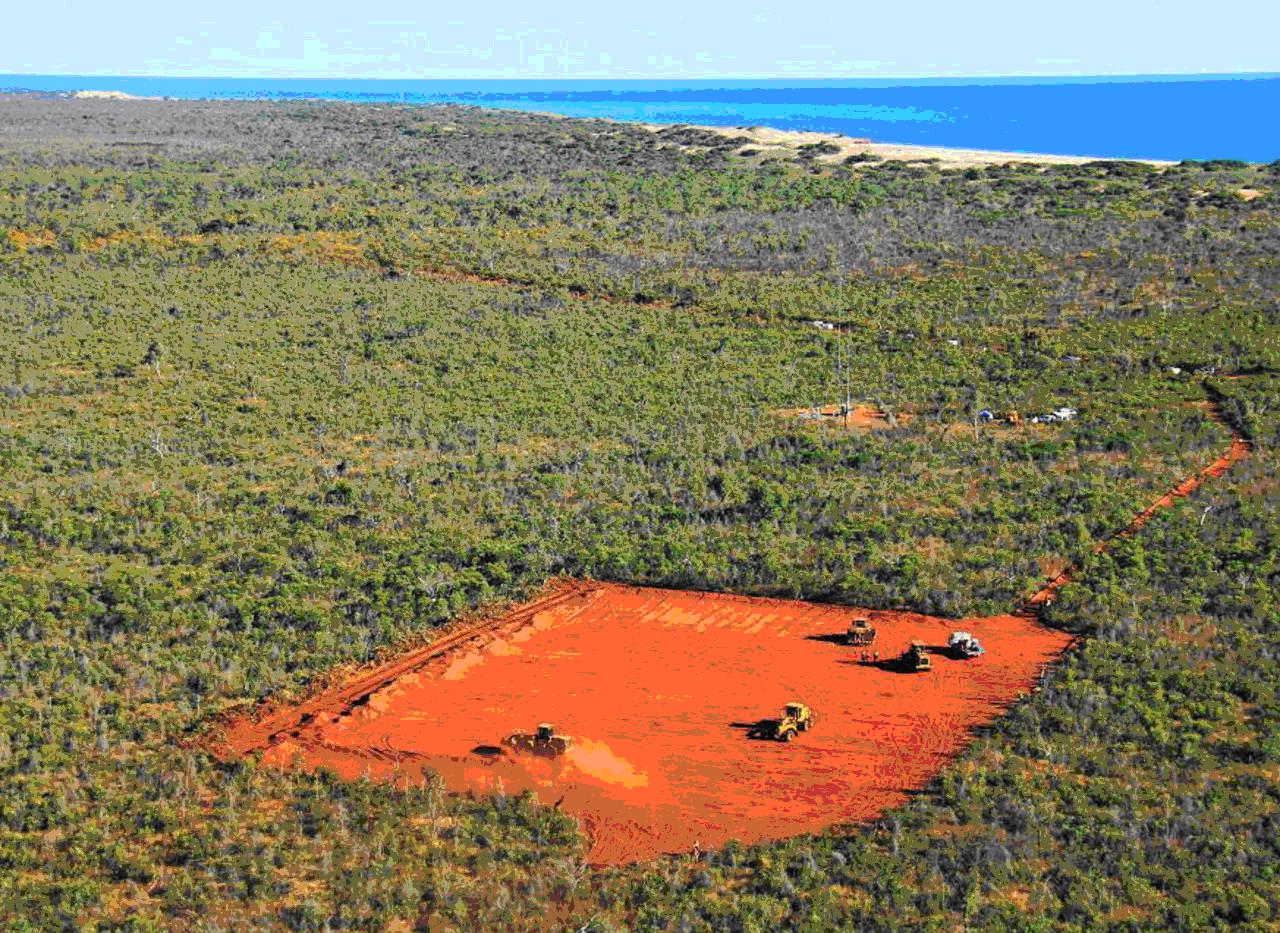The Department of State Development, Infrastructure and Planning (DSDIP) have been focusing their efforts on growing the economy of the MaryValley, linked with the State’s sale of property in the region, centred around the potential for;
- Growing agribusiness;
- Growing small business; and
- Growing tourism.
The economic development strategy for the MaryValley region, as developed by DSDIP, can be viewed here. Further, properties for sale through the State are available for viewing here. It is also possible to submit proposals or register interest in developing land to the Mary Valley Economic Development Office at 46 Main Street, Kandanga.
As specialists in land development for particularly the Gympie and SunshineCoast regions, contact us to find out if your designs on a MaryValley life or business are compatible with the planning schemes and other development constraints regulating land development in Queensland.
Our services may include assisting with site due diligence, co-ordinating the preparation of economic development proposals, and regular town planning, environmental approvals, or surveying work for inclusion in development applications for Council and the State Government. For a full list of our services, please see our website or contact us.





